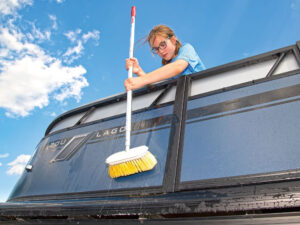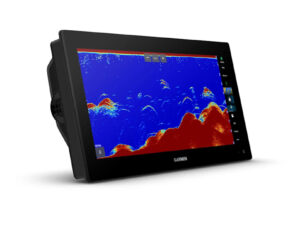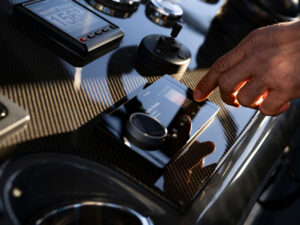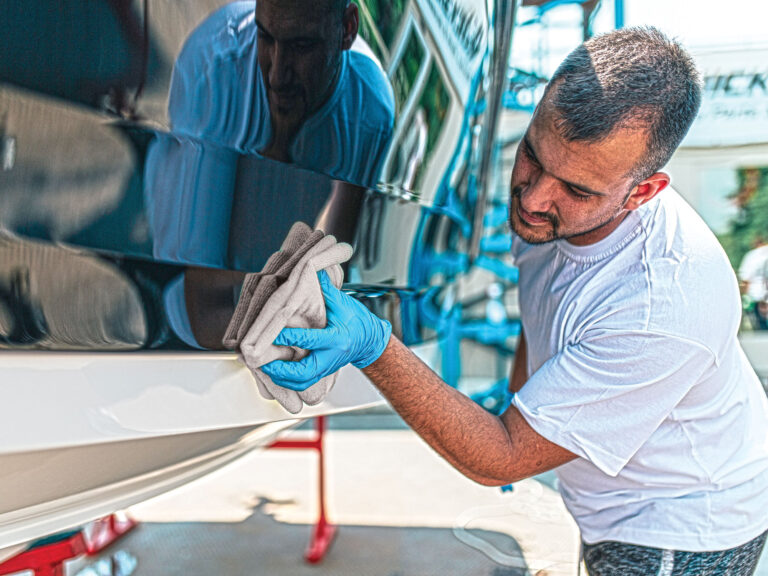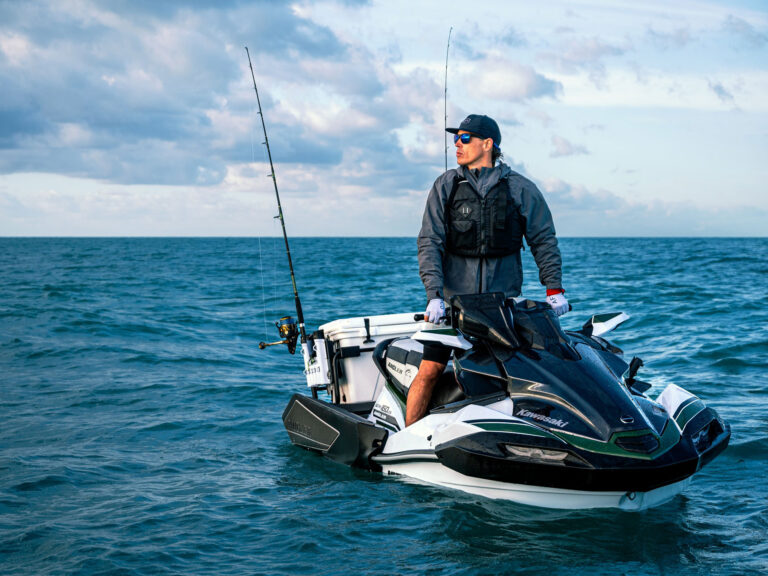The use of a rear toe piece, opposed to double boots, used to be the exception to the rule in slalom’s professional ranks. Look back 10 to 15 years and you find only a skier or two, generally European, performing at an extremely high level while using a rear kicker. The current rankings list, however, houses an even split of single and double-booters in the top 10 — more skiers are simply never transitioning to two boots as juniors. Furthermore, a handful of top skiers are converting to a rear kicker while at the top of their career, which raises the question: What is the advantage to the single front boot?

Mobility
For better or for worse, freeing your back foot from the confines of a full binding will allow you to move more freely atop your ski. For 2015 Pan American slalom runner-up Jason McClintock, that added mobility was exactly what he was looking for. “After breaking my ankle jumping a few years ago, I noticed that the way I moved in my back boot was never the same,” he says. “I was less fluid, and breaking at the waist became commonplace.” As such, along with coach Drew Ross, McClintock decided to give a rear kicker a try in late 2014. “We approached it as more of an experiment,” Ross explains. “Our goal was simply to learn what factors made Jason move in the specific manner he did.” Freeing his injured back ankle allowed McClintock to move forward over his ski through the turn with fluidity. “I could feel the benefits of a rear kicker from the first set, and I haven’t looked back,” McClintock says.
Balancing
Skiing with a single boot will force you to be more balanced over your ski. A few seasons ago, pro slalom skier Tom Brantley took a good look at his skiing and decided to address his Achilles’ heel. “Like a lot of skiers, when I got into trouble, I’d go straight to my back foot,” Brantley explains. “It was my internal default.” With the support of a back boot, you can rock back and still power your way through the turn. However, this type of turn does not always leave you in the right position to correctly transition out to the following buoy. “With Zero Off cruise control, those heavy back-foot turns were killing me,” Brantley says. His training partner at the time, Andy Mapple, helped ease him through the process of switching to a rear toe plate. “Andy was literally rolling on the floor of the boat, laughing as he watched me fumble through my first few passes,” he says. Before long, though, Brantley was reshaping the dynamics of his turn and learning a more efficient way of turning his ski.

The Hybrid Option
With the mobility of a rear toe piece but additional support like a boot, these hybrid rear boots are a great alternative to a traditional setup:

HO VMAX Choptop
Supporting the modern, forward-driving style, the Choptop gives you maximum mobility and a favorable level of support.
MSRP: $130
hosports.com
Radar Hybrid Rear Toe (HRT)
Offering the convenience of a rear toe strap and the control and leverage of a rear boot, the HRT allows you to leverage against the rear of the boot without restricting mobility.
MSRP: $145
radarskis.com


